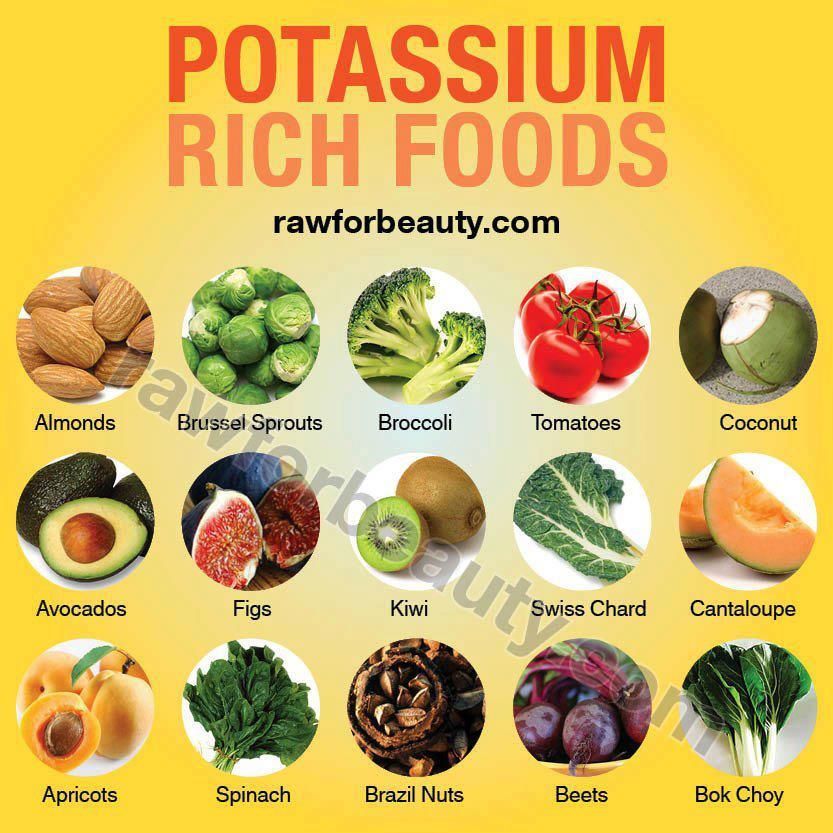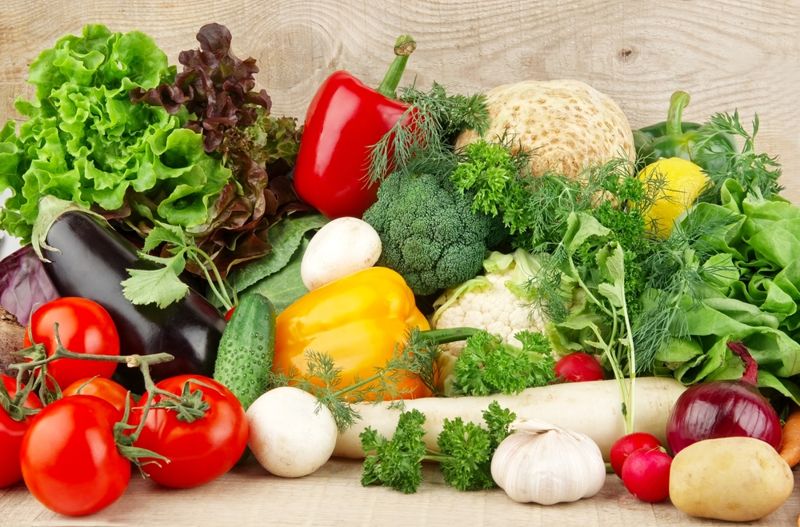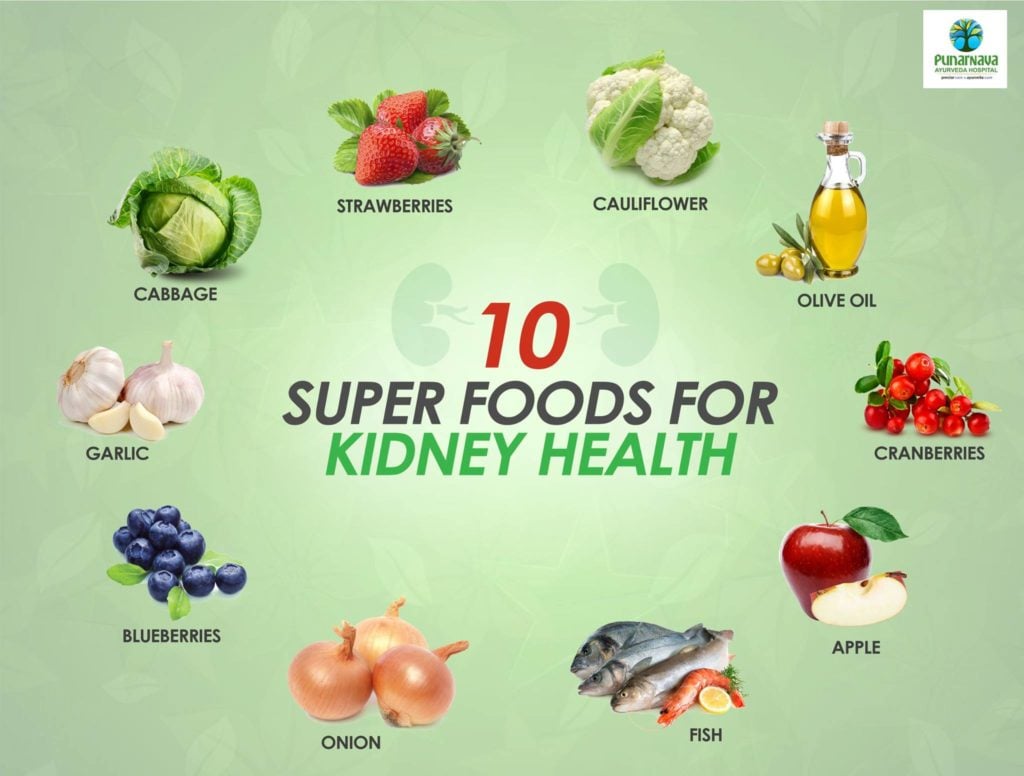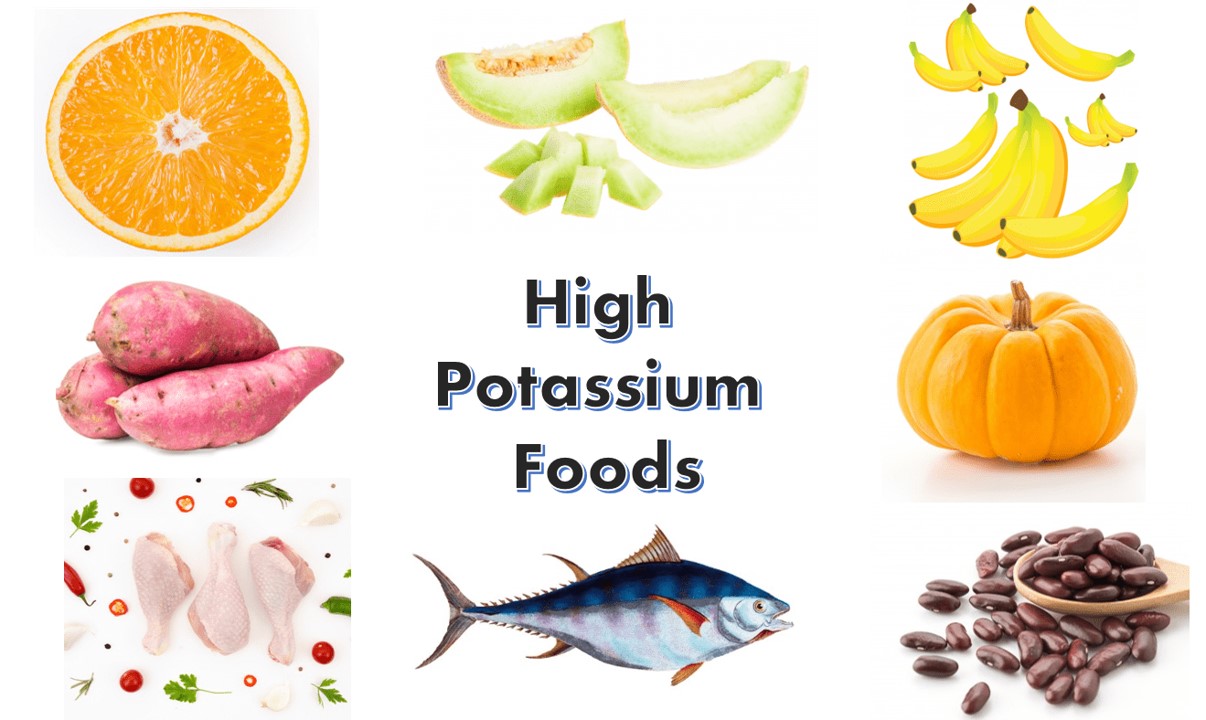Table of Contents
- Potassium and its Importance
- Common High-Potassium Indian Foods
- Health Risks Associated with Excessive Potassium
- Alternatives to High-Potassium Indian Foods
- Balancing Potassium Intake
- Tips for a Low-Potassium Indian Diet
- Seek Professional Guidance
1. Potassium and its Importance
Explore the role of potassium in maintaining a healthy body and learn why it is an essential mineral.
2. Common High-Potassium Indian Foods
Discover a range of traditional Indian foods that are naturally high in potassium and should be consumed in moderation or avoided.
Indian cuisine offers a wide range of flavorful and nutritious dishes. However, if you are watching your potassium intake, it is essential to be aware of certain high-potassium foods commonly found in Indian cuisine.
Foods to Avoid
- Bananas: While bananas are delicious and popular, they are also high in potassium. If you need to limit your potassium intake, it is best to avoid consuming bananas regularly.
- Tomatoes: Although tomatoes add a tangy taste to many Indian dishes, they are considered high in potassium. If you are aiming to lower your potassium levels, you might want to limit your tomato consumption.
- Potato: A staple in Indian cuisine, potatoes are rich in potassium. They are often used in various dishes, including curries and snacks. It's important to moderate your potato consumption if you are on a low-potassium diet.
- Spinach: This leafy green vegetable is packed with essential nutrients but also contains a high amount of potassium. If you need to restrict your potassium intake, you may want to choose other greens as an alternative to spinach.
Remember, it is crucial to consult with a healthcare professional or nutritionist for personalized dietary recommendations, especially if you have specific dietary restrictions or medical conditions.

3. Health Risks Associated with Excessive Potassium
Understand the potential risks associated with consuming excessive amounts of potassium and how it can impact your health.
Excessive potassium intake can pose various health risks, particularly for individuals consuming high potassium Indian foods. While potassium is an essential nutrient that helps maintain normal bodily functions, an excess of it can lead to several adverse effects.
1. Kidney Problems:
Consuming high amounts of potassium, especially in individuals with existing kidney problems, can put excessive strain on the kidneys. This can lead to decreased kidney function and potentially contribute to the development of kidney stones or even kidney failure.
2. Cardiac Issues:
Excessive potassium levels can disrupt the electrical signals responsible for maintaining a regular heartbeat. This can lead to an irregular heartbeat (arrhythmia) or, in severe cases, even cardiac arrest.
3. Muscle Weakness and Paralysis:
Excess potassium in the body can interfere with the proper functioning of muscle cells, causing muscle weakness and, in extreme cases, paralysis. This can significantly affect an individual's mobility and overall quality of life.
Given these risks, it is important to be mindful of the potassium content in high potassium Indian foods and maintain a balanced diet. If you have any pre-existing health conditions, it is advised to consult with a healthcare professional to ensure appropriate potassium intake.

4. Alternatives to High-Potassium Indian Foods
Learn about alternative ingredients and cooking methods that can help you replace high-potassium foods in your diet while still enjoying delicious Indian cuisine.
If you are looking for alternatives to high-potassium Indian foods or trying to manage a high-potassium diet, there are various options available that can still provide you with delicious and nutritious meals. Here are four alternatives to high-potassium Indian foods:
1. Rice instead of Lentils:
Lentils are a staple in Indian cuisine and are rich in potassium. However, if you are looking for a lower-potassium alternative, rice can be a good substitute. White rice, especially when cooked and rinsed properly, has significantly lower potassium levels compared to lentils. Consider swapping out lentils for rice in your meals to reduce your potassium intake.
2. Chickpea Flour instead of Besan:
Besan, also known as chickpea flour, is commonly used in Indian dishes like pakoras and besan roti. However, chickpea flour is relatively high in potassium. As an alternative, you can use other flours like wheat flour or gram flour (made from black chickpeas), which have lower potassium levels. These substitutes will allow you to enjoy similar flavors and textures without compromising your dietary needs.
3. Low-Potassium Vegetables instead of Spinach:
Spinach is a popular ingredient in many Indian recipes and is high in potassium. If you want to reduce your potassium intake, you can substitute spinach with low-potassium vegetables such as broccoli, cauliflower, or green beans. These vegetables are nutritious and can be prepared in various ways to add flavor and variety to your meals.
4. Low-Potassium Herbs and Spices instead of Garam Masala:
Garam masala is a blend of various spices commonly used in Indian cooking. While it adds delicious flavors to dishes, some of the spices in garam masala, such as coriander and cumin, contain significant amounts of potassium. To avoid high potassium levels, you can use alternative spices like turmeric, paprika, or garlic powder, which have lower potassium content. These spices can still enhance the taste of your meals while keeping your potassium intake in check.
Remember, it is essential to consult with a healthcare professional or nutritionist before making significant changes to your diet, especially if you have specific dietary requirements or health conditions.

5. Balancing Potassium Intake
Discover effective strategies to balance your overall potassium intake to maintain a healthy diet without completely avoiding all high-potassium foods.
When it comes to maintaining a healthy diet, it is important to pay attention to our potassium intake. While potassium is an essential mineral that plays a crucial role in various bodily functions, excessive consumption of high potassium foods can have adverse effects, especially for individuals with certain medical conditions. In Indian cuisine, several popular dishes tend to be rich in potassium, and it's important to be mindful of their consumption to maintain a balanced diet.
1. Banana
Although bananas are a great source of essential nutrients and are widely consumed in India, they are also known for their high potassium content. While it's okay to enjoy bananas in moderation, individuals with conditions such as chronic kidney disease may need to limit their intake to avoid surpassing their daily potassium allowance.
2. Avocado
Avocado, often used in various Indian recipes or enjoyed as guacamole, is another food with high potassium levels. Again, moderation is key. For those watching their potassium intake, it might be necessary to find alternative ingredients or reduce the quantity of avocado used in dishes.
3. Tomato
Tomatoes are a common ingredient in Indian cooking, but they are also considered a high potassium food. To balance potassium intake, it's advisable to moderate the consumption of tomatoes or consider other low potassium substitutes, especially if one needs to strictly control their potassium intake due to medical conditions.
4. Coconut Water
Coconut water is often consumed as a refreshing beverage in India, but it is also known for its relatively high potassium content. While it can be a good source of hydration and nutrients, it's important to consider one's daily potassium intake, particularly if potassium restriction is recommended by a healthcare professional.
5. Spinach
Spinach, a popular leafy green used in Indian dishes, is another high potassium food. It is packed with other essential nutrients, but for those who need to limit their potassium intake, controlling the portion sizes of dishes containing spinach can help maintain a healthy balance.
In conclusion, being aware of the potassium content in high potassium Indian foods can be beneficial, especially for individuals who need to control their potassium intake due to medical conditions. Moderation, portion control, and substituting certain ingredients can all play a role in maintaining a well-balanced diet.

6. Tips for a Low-Potassium Indian Diet
Get valuable tips and tricks to create a low-potassium Indian diet that suits your taste preferences and dietary needs.
If you are following a low-potassium diet in India, it is important to be mindful of certain high potassium foods that should be avoided. Here are six tips to help you maintain a low-potassium Indian diet:
- Limit your intake of bananas: Bananas are a popular fruit in India, but they are also high in potassium. Try to limit your consumption of bananas and opt for lower-potassium fruits such as apples or pears instead.
- Avoid coconut water: While coconut water is refreshing and widely consumed in India, it is also high in potassium. Consider choosing alternative beverages like plain water or herbal teas that have low potassium content.
- Be cautious with lentils and legumes: Although lentils and legumes are a staple in Indian cuisine, some varieties can be high in potassium. Opt for low-potassium alternatives like green grams (moong dal) or split pigeon peas (toor dal).
- Moderate your intake of milk and yogurt: Dairy products can contribute to higher potassium levels. Choose low-potassium milk options such as almond or soy milk, and limit your consumption of yogurt.
- Avoid certain spices and seasonings: Some Indian spices like cloves, cinnamon, and nutmeg can contain significant amounts of potassium. Be mindful of these spices and consider using alternatives with lower potassium content, such as ginger or turmeric.
- Watch your portion sizes: Even if a food is considered low-potassium, consuming it in large amounts can still lead to high potassium intake. Pay attention to portion sizes and try to balance your meals with a variety of low-potassium options.
By following these tips and being conscious of high-potassium Indian foods to avoid, you can successfully maintain a low-potassium Indian diet while still enjoying the diverse flavors and cuisines of India.

7. Seek Professional Guidance
Understand the importance of seeking professional advice from nutritionists or dietitians to better manage your potassium intake and overall health.
If you have been advised to follow a low potassium diet due to a medical condition, it is important to seek professional guidance, especially when it comes to avoiding high potassium Indian foods. A professional, such as a dietitian or a nutritionist, can provide you with personalized recommendations and ensure that you are making the right choices for your health.
While it is useful to be aware of general high potassium foods to avoid, Indian cuisine may incorporate certain ingredients or cooking techniques that can increase potassium levels. Seek professional guidance to identify specific high potassium foods that are commonly used in Indian cooking, such as:
- Bananas
- Mangoes
- Oranges
- Coconut water
- Tomatoes
- Spinach
- Potatoes
- Yogurt
- Lentils and legumes
Remember that potassium content may vary in different preparations and dishes, so professional guidance can help you navigate through these variations.
In addition to avoiding high potassium Indian foods, it is important to explore suitable alternatives that can help maintain a balanced diet. Your healthcare professional can assist you in finding alternative ingredients and cooking methods that align with your dietary restrictions while still allowing you to enjoy Indian cuisine.
By seeking professional guidance, you can receive individualized advice and support to help you make informed choices and effectively manage your potassium intake while enjoying a wide variety of delicious and nutritious Indian meals.

Key Takeaways
- Be aware of high-potassium Indian foods and their potential health risks.
- Explore alternative ingredients and cooking techniques to avoid excessive potassium consumption.
- Balance your overall potassium intake for a healthy diet.
- Consult with professionals to manage your diet and health effectively.
FAQ
Q: Are all Indian foods high in potassium?
A: No, not all Indian foods are high in potassium. However, several traditional Indian dishes do contain high levels of potassium due to certain ingredients.
Q: How can I enjoy Indian cuisine without consuming excessive potassium?
A: By learning about the high-potassium ingredients and making necessary substitutions or adjustments in your cooking methods, you can still savor delicious Indian dishes with lower potassium content.
Q: Can consuming excessive potassium be harmful to my health?
A: Yes, consuming too much potassium can lead to various health issues, especially for individuals with certain medical conditions like kidney problems. It's essential to balance your potassium intake.



Recent Comments